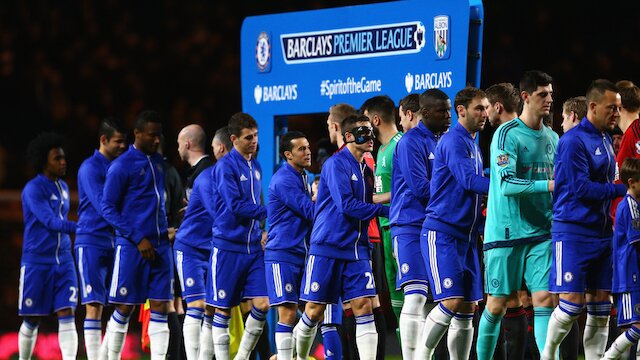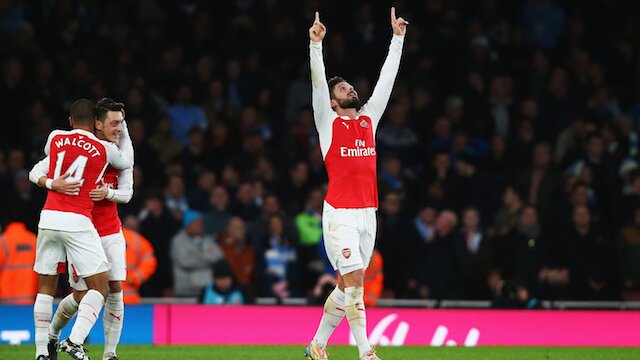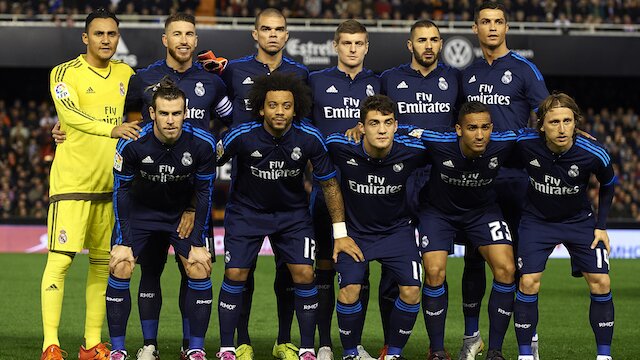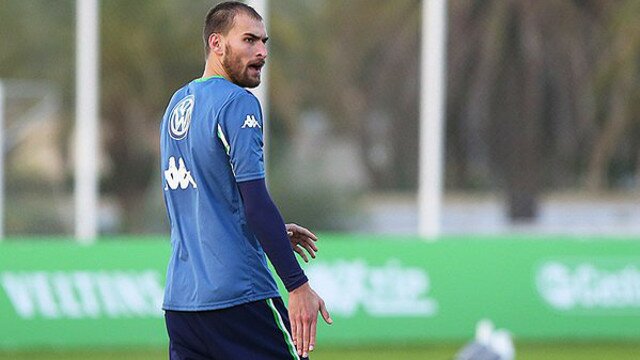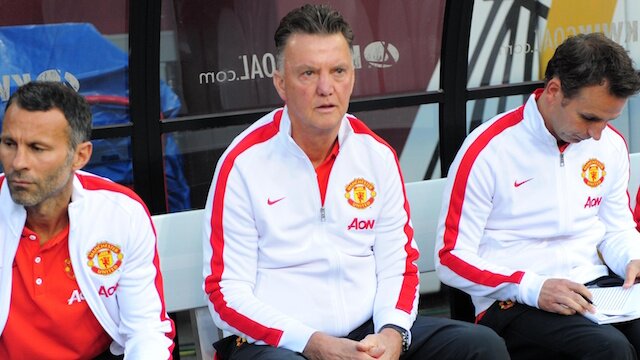
The concept of abolishing the MLS SuperDraft is not new. This is also not the first time this site spoke to its inadequacies. However, the events that took place during the first two rounds of the 2016 SuperDraft spoke to why it needs to go. The first hour was wild with trades involving players to be named later and, more importantly, targeted allocation money as well as surprising and confusing picks. Trying to fill out a roster through the constantly changing and opaque MLS rules is tough enough, and the SuperDraft is only accentuating the confusion.
By one hour into the SuperDraft, five trades had occurred. One of them involved the No. 1 overall pick, Jack Harrison, that was initially named as a player to be named later. The Chicago Fire, the team that had the top pick, were involved in four trades. The Colorado Rapids and the Fire swapped allocation spots for USMNT or previous MLS players coming back to the league. It all became too much to follow.
#Rapids trade #2 Allo ranking, #12 Rd1 pick and #2 Rd2 pick for … #CF97‘s #1 Allo rank and #15 pick. Confused yet? #MLSsuperdraft
— OTF Soccer (@OTFSoccer) January 14, 2016
The clubs that struggled last year or do not have full rosters need the SuperDraft, but they can acquire players through other means more familiar to soccer around the world. Will Parchman of Top Drawer Soccer wrote about a college free agency plan that allows players to sign from January to July as the number of truly worthy players dwindles. This would allow for multiple offers for a player and give the final negotiation to the player with minor league oversight. Of course, MLS just approved limited free agency for veterans last year.
Citing improved youth academies, Leander Schaerlaeckens on Yahoo Sports details the decreased importance of the SuperDraft. As he mentions, Jordan Morris belongs to the Seattle Sounders through their academy with a pending homegrown contract on the table. Players who can make an impact are noticed much earlier in most cases as academies expand.
Both Parchman and Schaerlaeckens are right that the number of valuable players available in the draft is minimal. That is evident by the fact that the LA Galaxy traded out of the first two rounds today. Removing the SuperDraft as a roster building mechanism means clubs would have to invest more in scouts and academies, which has shown to lead to stronger clubs if done right. There is no limit to the number of homegrown signings in a given year, so adding players is always an option.
One technical staffer promised “chaos” today. Yup. #MLS
— Kyle McCarthy (@kylejmccarthy) January 14, 2016
It also means the players will potentially have more freedom to explore options around the U.S. or across the pond. If the player is signed as a teenager into a MLS academy, they may also find it is not a fit and look for a deal in someplace like Sweden or Mexico with most of their career still ahead of them.
MLS commissioner Don Garber said that the SuperDraft supports the college game, which is very important. However, college soccer must also support MLS and there is a debate on that topic. Regardless, players can still head to college and get to professional soccer that way with or without the SuperDraft. After all, players develop at different times.
The rules of MLS have never been transparent and clubs had to navigate all of them to make the most of the SuperDraft this year. This player acquisition mechanism needs to go so that there is more incentive to build strong academies and scouting players at all age levels in all corners of the world. Removing the SuperDraft puts more responsibilities on the players and the teams, rather than administrators in MLS, to make the right decisions, and that can only help the league.



























